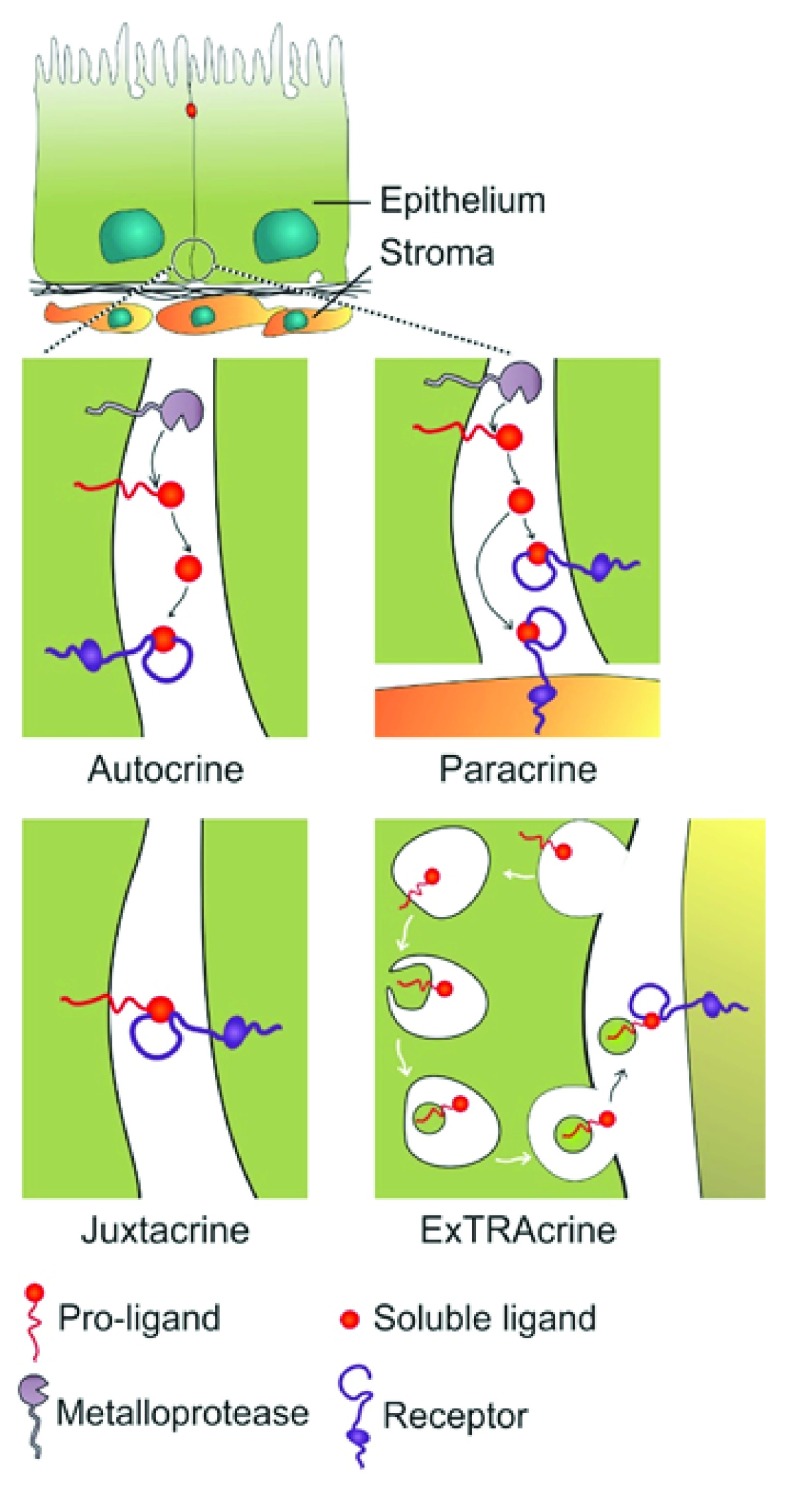Figure 1. Modes of signaling via epidermal growth factor receptor (EGFR) ligands.
Autocrine signaling occurs when a ligand is released from a cell and binds to EGFR on that same cell. Paracrine signaling refers to the released ligand acting on a nearby cell, usually a different cell type. Juxtacrine signaling occurs when a non-cleaved, transmembrane ligand binds to EGFR on an adjacent cell; this is best documented for heparin-binding epidermal growth factor-like growth factor (HBEGF). Amphiregulin (AREG), transforming growth factor-alpha (TGFA), and HBEGF, as well as EGFR, can be packaged into signaling competent exosomes. Uptake of exosomal AREG by recipient cells is, at least in part, dependent on EGFR, leading to the term exosomal targeted receptor activation (ExTRAcrine). ExTRAcrine signaling has features of autocrine, paracrine, and juxtacrine signaling as well as possibly endocrine signaling since EGFR and AREG can be detected in human plasma exosomes 30. Adapted from Singh and Coffey 36.

